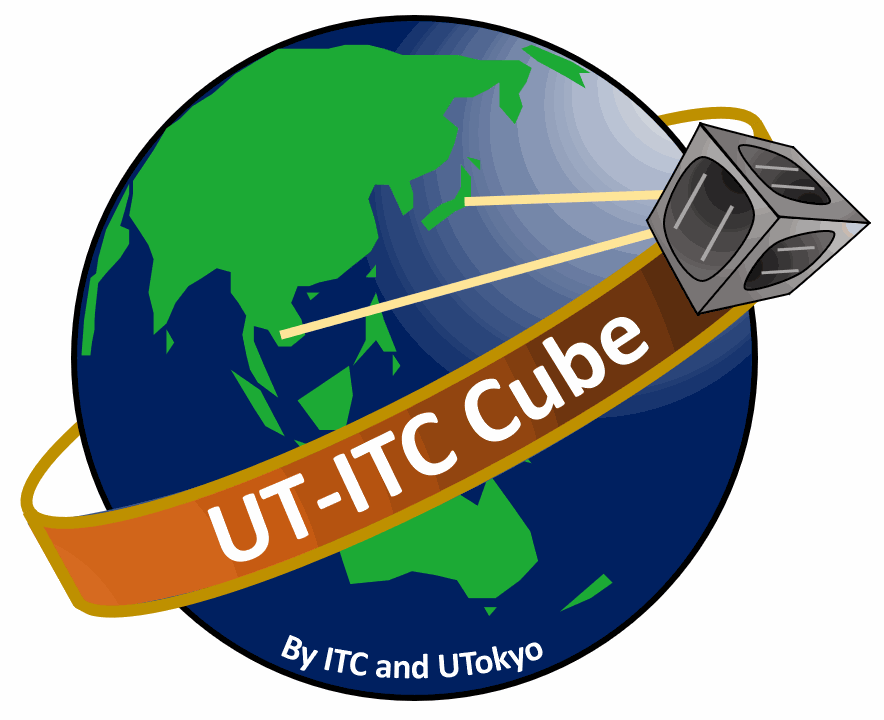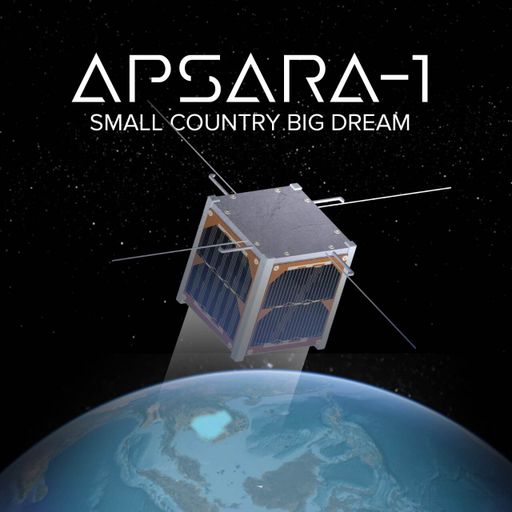UT-ITC Cube Satellite Project
About UT-ITC Cube
UT-ITC Cube is an international collaboration project to create a CubeSat for launch into space. Our satellite project is making history as this would be Cambodia’s first satellite.
This project is led by the Institute of Technology of Cambodia (ITC) with support from the University of Tokyo (UTokyo) and the National Polytechnic Institute of Cambodia (NPIC), and involves students from Cambodia, UK, Japan, and Colombia. During the project, students and researchers from the ITC and UTokyo have worked together as one team to produce a detailed CubeSat design, called Apsara-1. The NPIC has provided support for ground station development and other facilities. The satellite considers current socio-economic needs in Cambodia. Beyond providing a platform for developing new skills and experiences, the project has created opportunities for new friendships and intercultural understanding.
We have submitted our design proposal to the KiboCUBE launch opportunity organised by UNOOSA and JAXA.

About Apsara-1

Apsara-1 is a 1U CubeSat designed by ITC and UTokyo students. The design comprises all subsystems required for a satellite to function in space, including the: Payload, Attitude Determination and Control System (ADCS), Electrical Power System (EPS), Command and Data Handling (C&DH) system, Telemetry Tracking and Command (TT&C) system, Guidance Navigation and Control (GNC) system, and Structure/Thermal system. In addition, the ITC is collaborating with the NPIC to design and build a ground station to operate Apsara-1 from Cambodia.
You can find out more about the design of Apsara-1 on the Subsystems page.
Did you know?
The name of our CubeSat - Apsara-1 - is derived from the Cambodian name for a female spirit of the clouds and waters: an “apsara”. This name is important: it symbolizes our commitment to providing leadership opportunities for both female and male members of this project, and it also acknowledges our mission objectives (more below).
Mission statement
1. To develop the capability of solving socio-economic issues in Cambodia using space data and technology.
2. To promote STEM education in Cambodia by developing an advanced engineering system via collaboration
between multiple stakeholders, and by disseminating acquired experiences.
Mission objectives
1. To make contact with the satellite on orbit.
2. To take a picture of the Tonlé Sap lake, for outreach purposes.
3. To conduct land classification via multispectral imagery.
Members
Let us introduce you to our team, on the Members page.
Publications
Find out more about our work in conference papers by our team:
"International Collaboration Towards Cambodia’s First Small Satellite Education Program: Lessons Learnt"
M. Berthet, M. Sakal, P. Srean, S. Oum, P. Im, S. Srey, R. Takahashi, J. Garcia, N. Funabiki, Y. Suenaga and R. Chhin.
Paper SSC21-WKI-01, presented at the USU/AIAA Small Satellite Conference, Utah, USA, August 2021.
"Student-Led Policy and Technical Capacity Building Program: The Road to Cambodia's First CubeSat"
M. Berthet, Q. Verspieren, G. Coral, R. Takahashi, N. Funabiki, S. Sarot, H. Tim, and M. Sakal.
Paper IAC-20-E1.7-x57649, presented at the 71st International Astronautical Congress, October 2020.
Contact
ITC: Morokot Sakal, M.Eng. Email: m.sakal@aupp.edu.kh
UTokyo: Maximilien Berthet, PhD student. Email: berthet@daedalus.k.u-tokyo.ac.jp